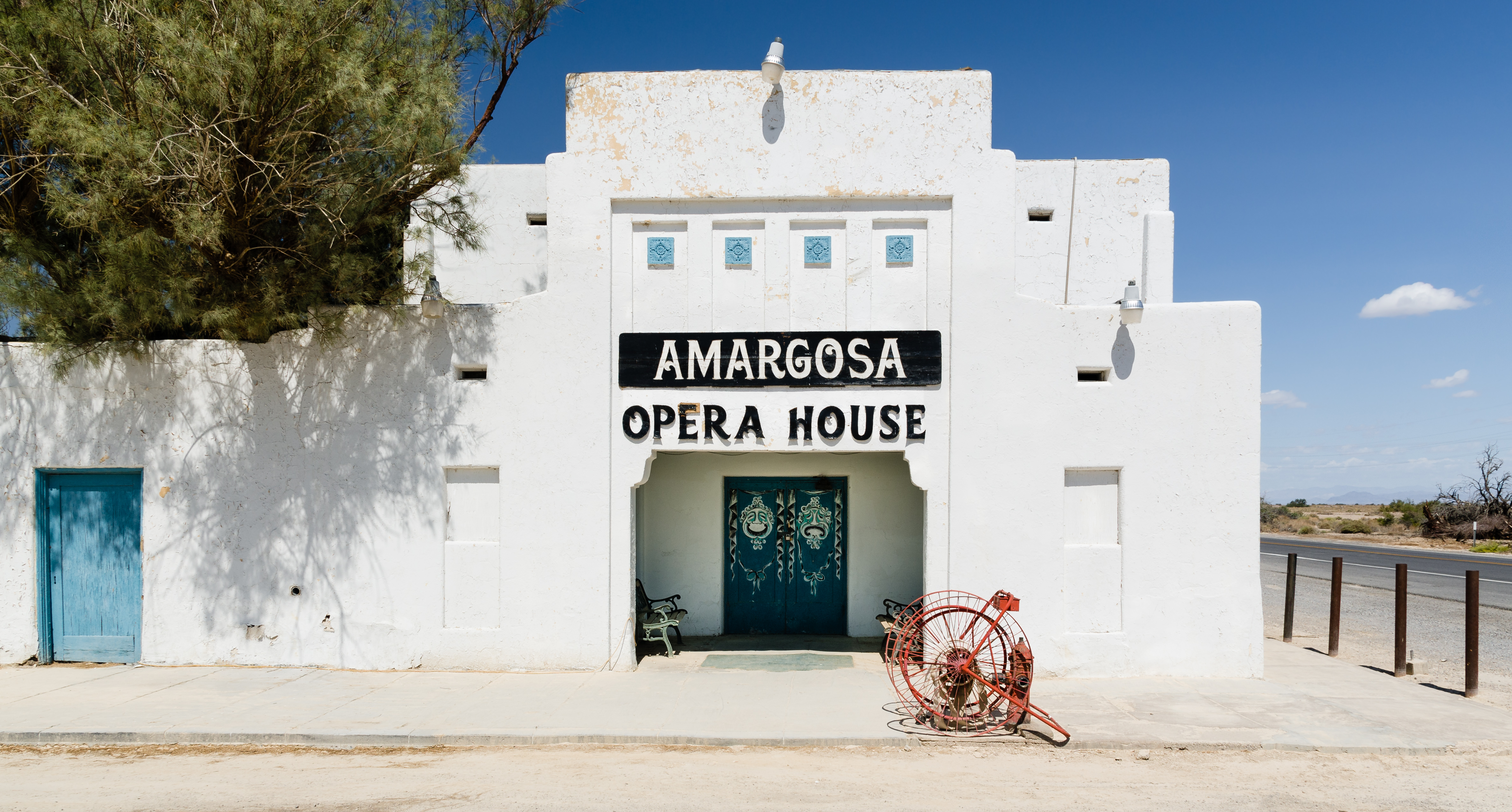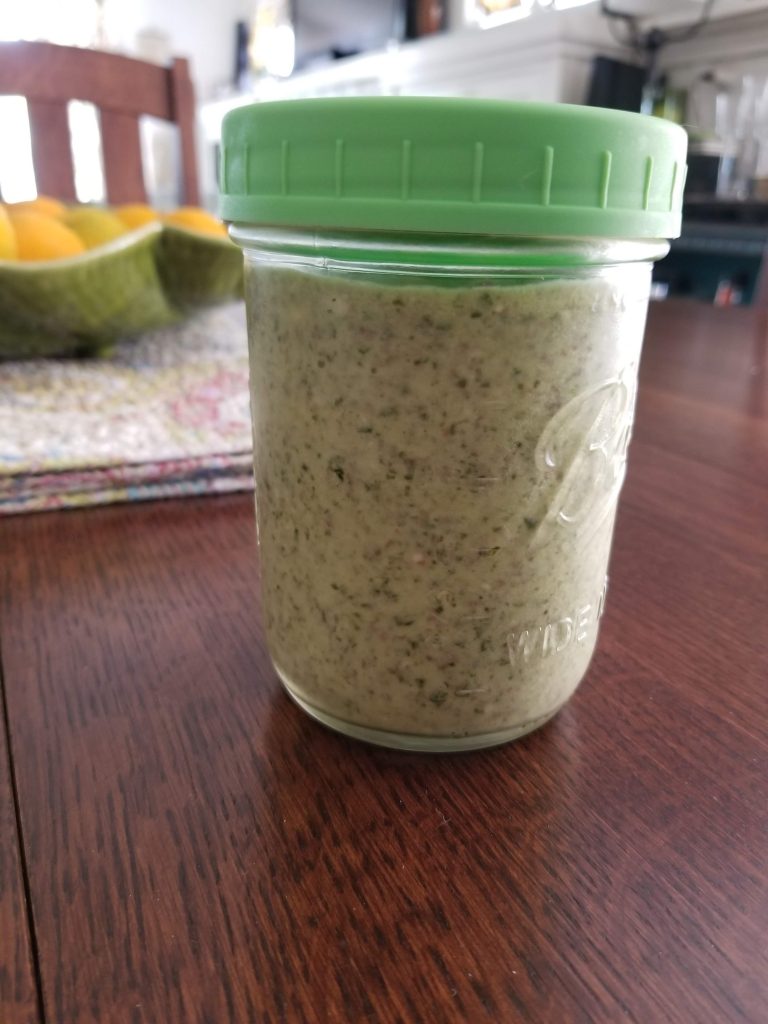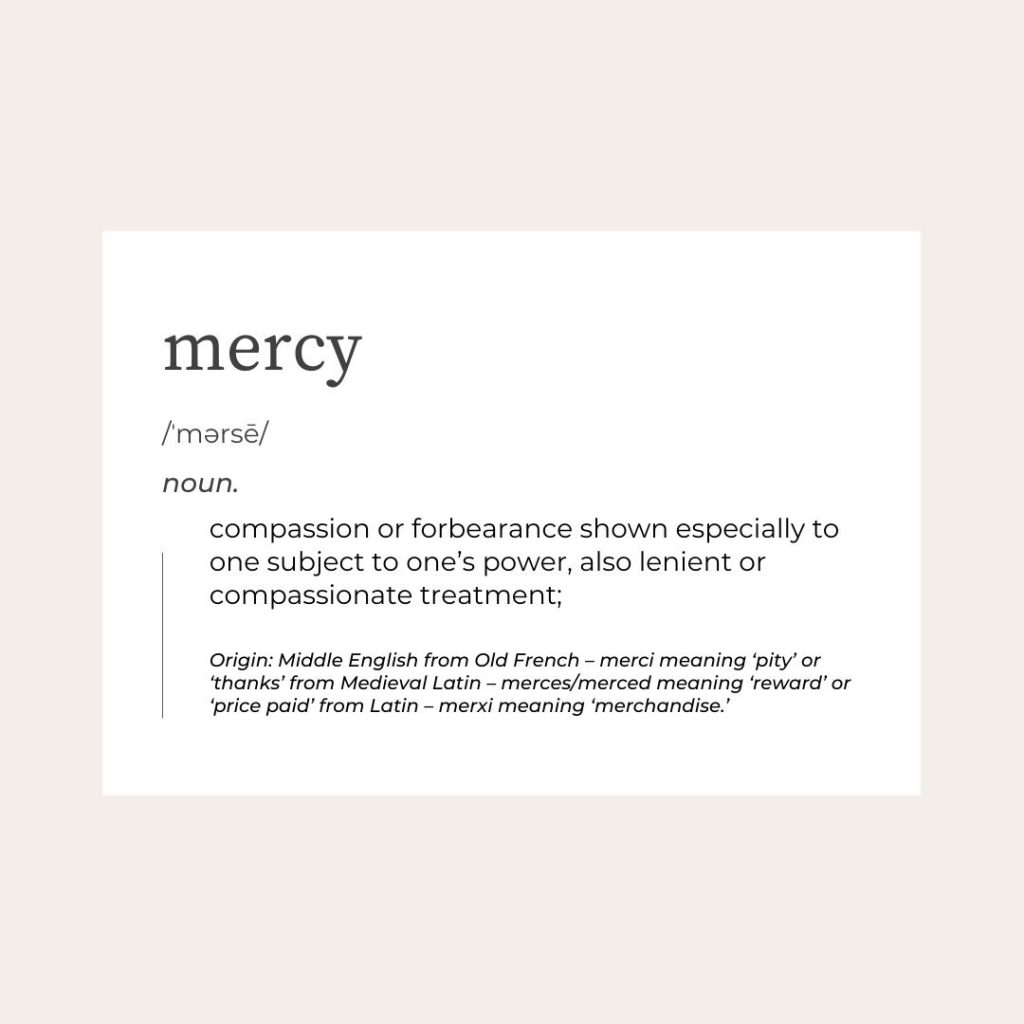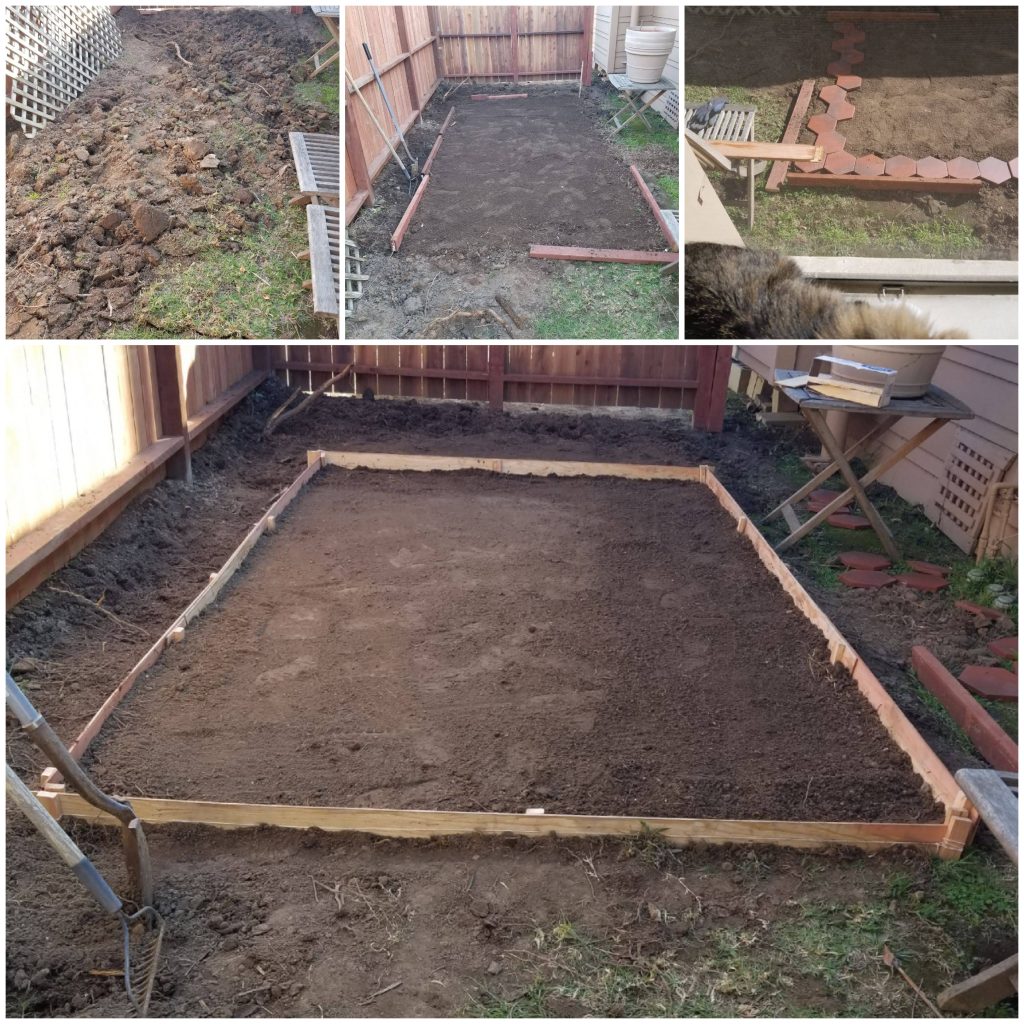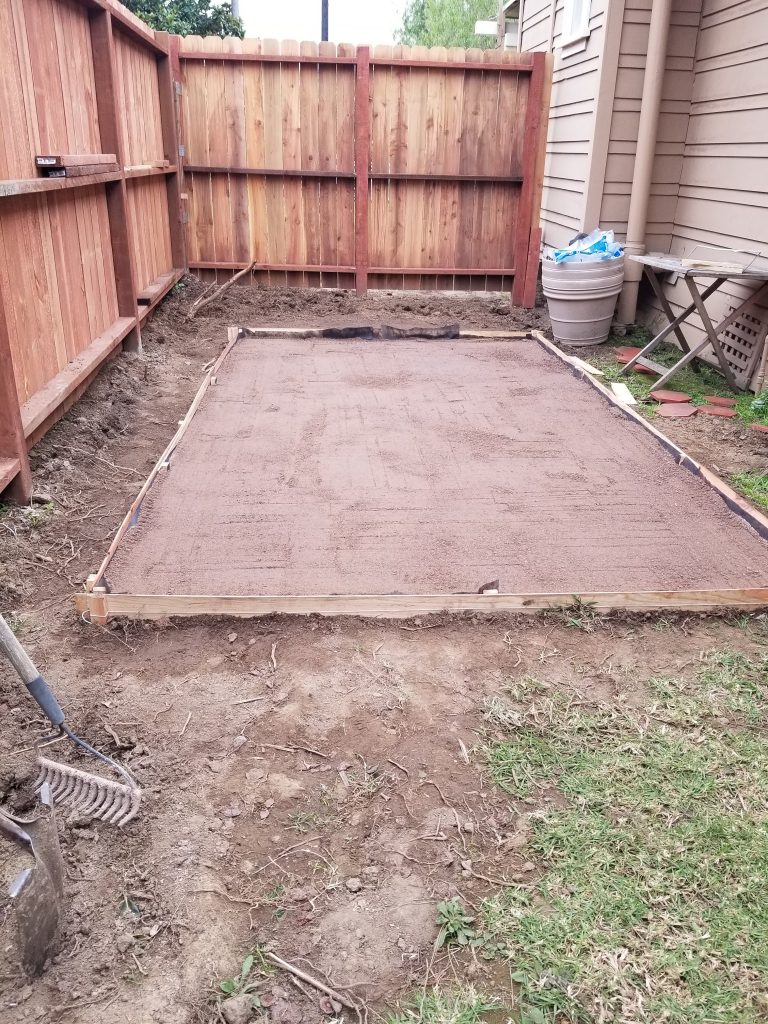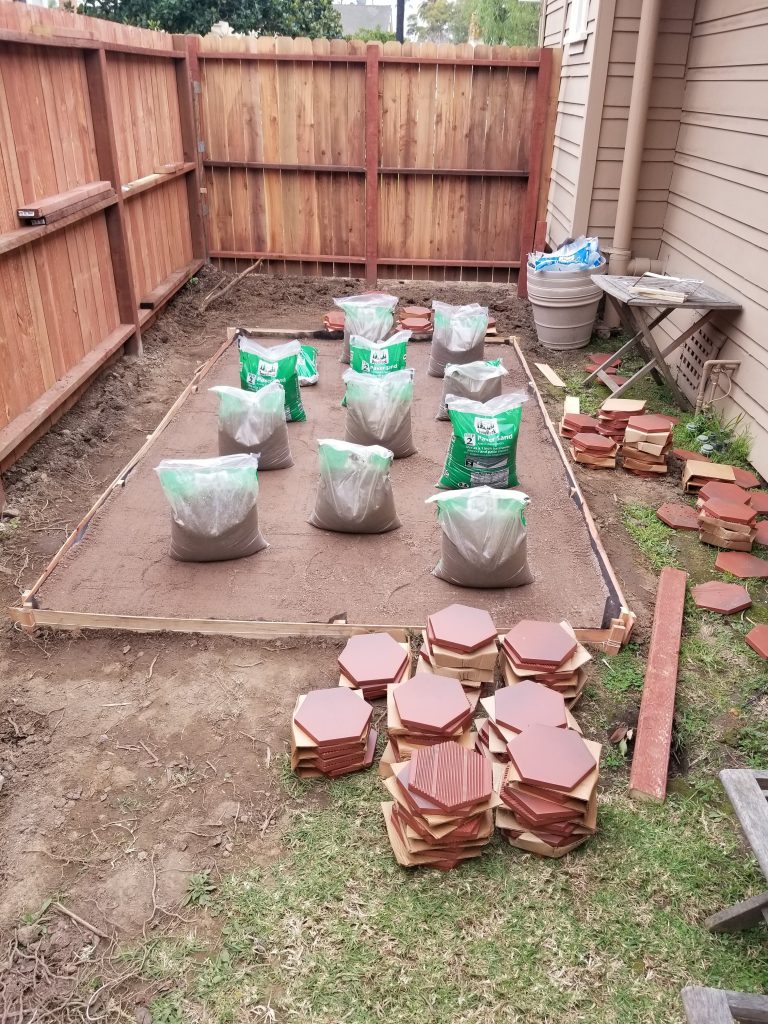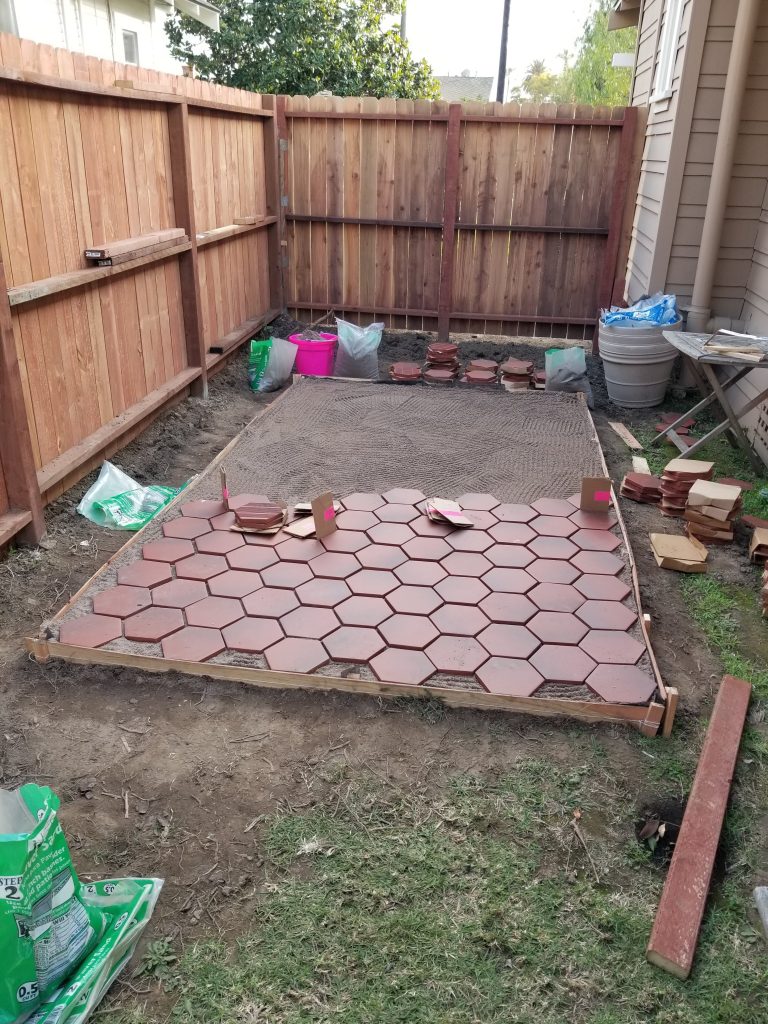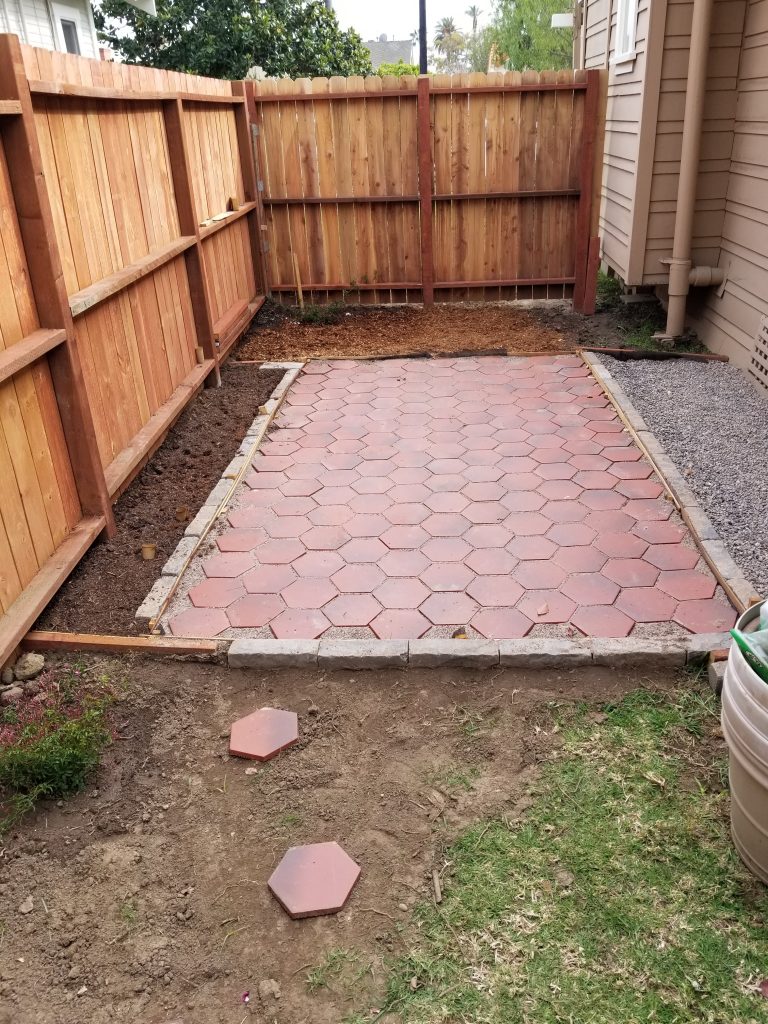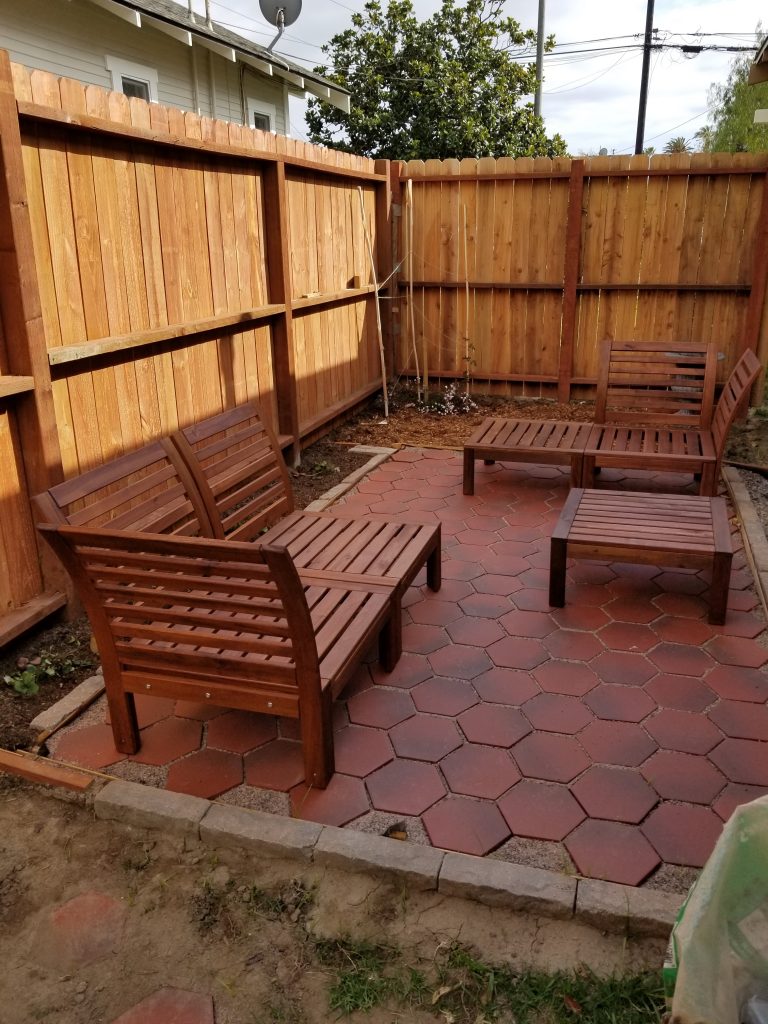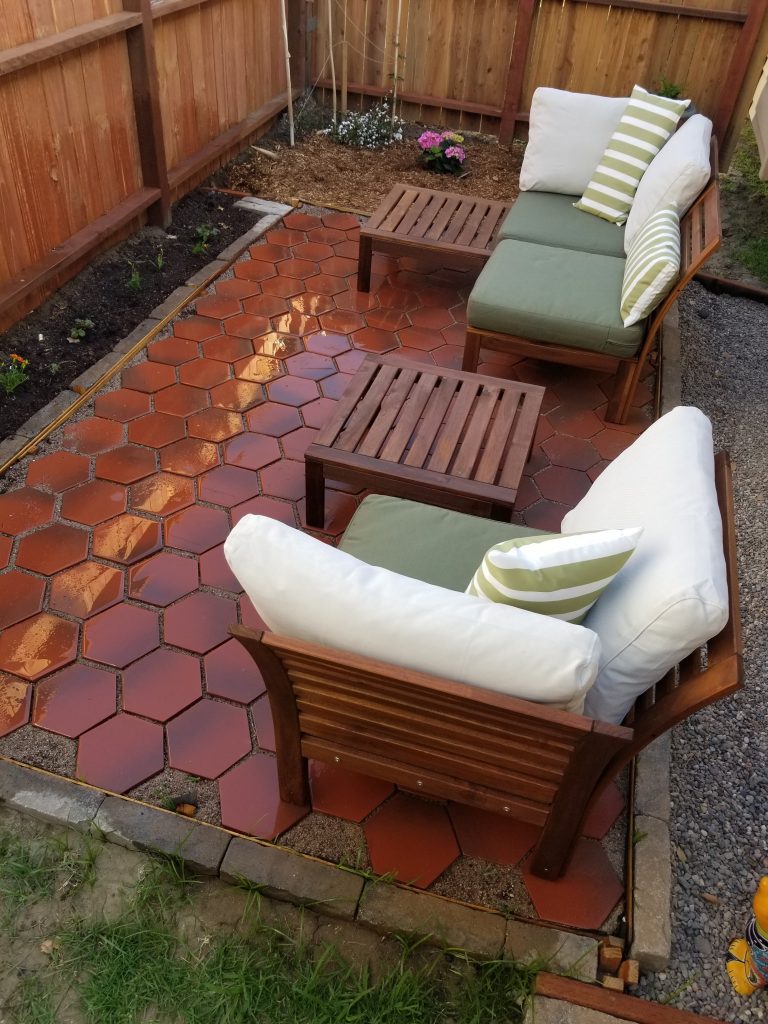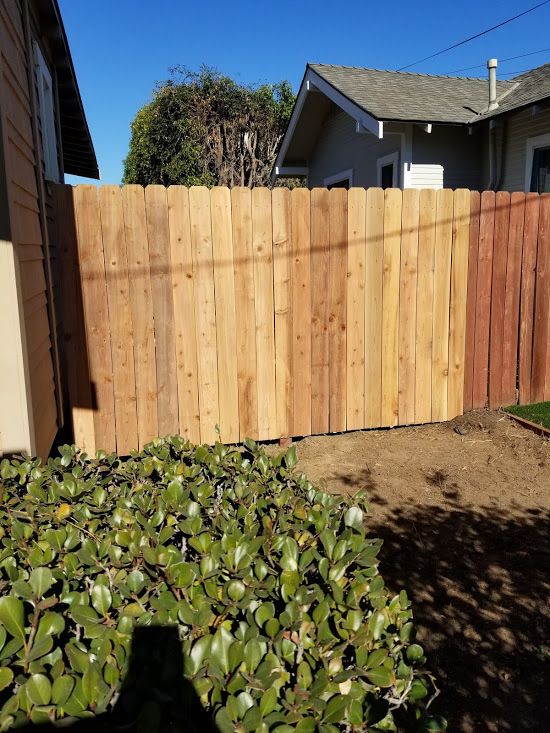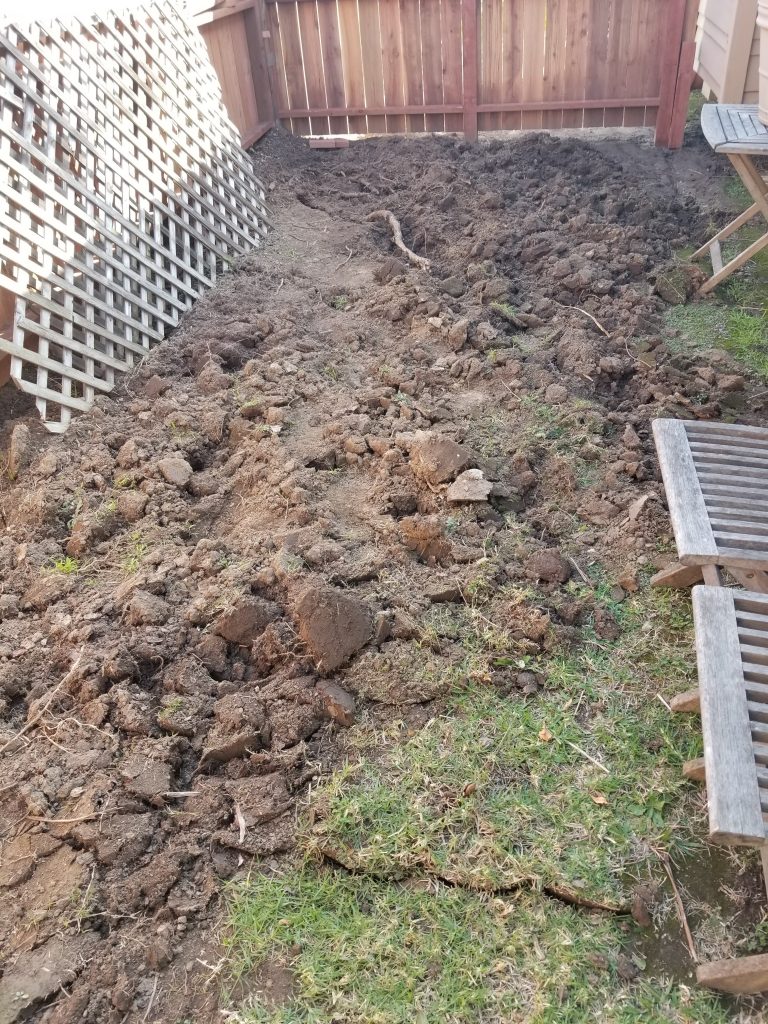Does Authenticity Really Matter?
When I was in college, it always drove me (and my fellow dance majors) crazy when the drama majors would invade ballet class. In the sanctity of the dance studio they were a disruption. I remember one girl who was always there just acting like a dancer.
There is an ineffable difference in the quality of the movement when someone is acting like a dancer. They will be executing the steps, but it is as if they are just trying to replicate pictures of the movement. Everything was happening on the outside.
An authentic dancer moves from the inside, from the center. Think of it like the sun or the center of an atom. Everything else radiates from and moves around that point.
Center is a metaphor, but it also corresponds to a physical location in the body, much like chakras. The precise placement varies depending on the style of dance. For example, the center in ballet is at the diaphragm (manipura) but in Martha Graham technique it is below the belly button (svadhisthana).
Regardless of the style or level of training, for an authentic dancer all movement, no matter how subtle or grand, how delicate or robust, how small or substantial, emerges from the center.
Among my many college jobs, I taught ballet to preschoolers. They would come to class in their precious pink baby ballerina outfits (so would the drama majors), and we would practice the foundational elements of ballet – the positions of the feet, the positions of the arms, the basic movements. And they would act like they were ballerinas.
One day instead of the usual drills, I read the class a story. And then I put on music and instructed them to dance it for me.
I was blown away. It was the most beautiful expression of pure dance I had ever seen. Because these little girls were dancing from their center. They hadn’t suddenly mastered ballet technique, but they were executing advanced steps. Their lines were strong. Their movement had a refined musicality.
But the most moving thing about what I saw was the way that they were expressing themselves. What was on the inside was being made visible through their movement.

I had a moment of clarity that day about what my instructor El Gabriel had been yelling at us about in my ballet classes. About letting the expression come through in the movement. About moving from the center. All of the training, all of the practice was just to facilitate the path for that expression to emerge.
There are a lot of times in life when we are moving from the outside, when we are acting like a dancer, or a writer, or fill-in-the-blank. We have the right costume, and we know the steps, and we go through the motions. But we are not moving from the center.
And that’s ok. Sometimes it is appropriate or even necessary to act like a dancer. Maybe a lot of the time. As long as we are mindful of it.
And as long as we are open to opportunities when we can authentically dance.

